Do you feel like you spend too much time in your head? Wish you had a creative outlet? As a leader you can get tethered to the office, your computer, the phone or the conference room and may neglect your more creative side.
Over the past couple of years, I’ve been trying to bring more of my fun, imaginative side to my work. Many years of technical writing and presenting in academia developed habits that are hard to break. Now, as a trainer and coach, I want to bring more play to what I do for me and my clients.
And if what I see on social media is any indication, a lot of people are getting excited about flexing their creative muscles. Painting studios are popping up everywhere, as are craft nights, photography tours and workshops, dance classes and all kinds of opportunities to find the right fit to make time to get your creative juices flowing.
I’ve taken a writing and acting class (www.kimmaxwellstudio.com) that was fantastic (more about that continuing collaboration in another post about the Finding Your Voice) with free writes and acting exercises that really pushed me beyond my comfort zone while marveling at the talents of the others in the class.
I also took a watercolor painting class and LOVED it – I was even happy with my first piece of art: a watercolor painting of a rose.

I starting taking more lessons this year and have learned so much about painting, color and composition but also about myself, my style and how the creative process can inform my work as a trainer and a leader.
Here are some of the lessons I’ve learned about leadership from painting:
1. Get the right tools. Before I started, my painting teacher sent me a supply list of the types and sizes of brushes, colors and brands of paint and even type of paper I should invest in to get the most out of class. I went to a local craft's store, but they didn’t have a lot of what I was looking for. I picked up a few things, some better than others, and figured, “How bad can they be?”
Well, I answered that question quickly when one brush started shedding bristles almost immediately. The inferior paper didn’t take the pigment the way the good one did, and some of the paints weren’t as vibrant as others.
As a leader, you have to have the right tools too. That might be a computer program, a new piece of equipment or a new hire who’s the right person for the job. Never underestimate the importance of investing in the best tools to get the job done.
2. Get a mentor. With any new endeavor, it helps to have a guide who has more experience than you do. Mary-Gail King has been my instructor, teacher and mentor in all things painting. She shares the technical skills I need to learn but even more importantly helps me find my own style and strengths as a painter. She also shows me how to make my vision a reality and pushes me out of my comfort zone.
As a leader, you are a coach and mentor to your team. Helping to support them and their strengths is a key aspect of that role. But you also need your own support system- a mentor, a coach or a master mind group to give you that support and perspective to help you do your best. There's nothing like some objective feedback from like-minded people.
3. Be patient. Watercolors can be tricky. If you paint next to a part of the piece that’s still wet, paint can run into the next area. Sometimes this effect can be awesome; other times, it can feel like a disaster.
It’s so hard to wait-like watching water come to a boil or watching paint dry (Actually, it IS watching paint dry).
As a leader, you also need to be patient. Working on projects, learning new skills, reaching a goal, developing an employee, can take time. Patience is a virtue that may require some practice.
4. Get some distance. Every painting can benefit from stepping away to gain more perspective. You can get a whole new view of a painting, bringing to light where it needs some more detail, color, texture or shading.
As a leader, you can always benefit from a little distance. Maybe you need to literally step back from a situation and let others work it out. Maybe you need a break. Or maybe just a fresh set of eyes and objective ear to process what your next steps will be.
5. Take action. Sometimes you just need to start. When I sit down to paint, I don’t always feel ready. I chat and look at colors and play around before putting paint to paper. Often it’s better if I get something going.
In a recent class, I was hemming and hawing and realized I needed to be “a woman of action.” It was a perfect metaphor for a number of other things going on that I was pussyfooting around about and not getting accomplished. That conclusion released my productivity in so many other areas. I’m a woman of action. Woohoo!!
Every leader needs to be decisive, and some situations require fast action. Developing the confidence to make a quick yet thoughtful decision takes some practice, experience and the ability to listen to your gut. Painting has definitely helped me do that.
6. It’s ok to make mistakes. We all make mistakes, especially when trying something new. As a novice painter, I make plenty of them. I’m still not exactly sure about the color wheel and types of paints, so my work can go in an unintended direction. What to do?
- Sometimes you can fix it. A little blot of a paper towel or wet brush can help.
- Sometimes you just need to start over. My first still life included a bunch of beets that started to look obscene. When I showed it to my teenage daughter, we both laughed so hard we literally ended up on the floor crying. I had to take the loss and move on.
- Sometimes you just need to accept a mistake and keep going. In a burst of excitement, I splashed some water on my favorite painting, leaving a mark in the sweet spot of the sunset. Oh well. Trying to fix it could result in worse, so I decided to leave it as a feature of the piece and put the brush down.
As a leader, it can be hard to walk away, to recognize when a situation is worth salvaging or needs to be let go. No matter what the solution, it’s always important to own your mistakes, learn from them, and move on.
7. Set aside time for growth. We don’t always make the time we need to flex our creative muscles, but it’s so good to give another part of your brain a chance to get a workout. Just like setting time aside to exercise, review financials or do performance reviews, it's important to set aside time to be creative.
I’ve committed to myself a few hours a week of a painting class, writing class or some other artistic endeavor to keep those juices flowing.
 Here’s my favorite piece so far. I’m really proud of the work and feel like it does make me a stronger leader by being more attuned to the moment and more responsive to others. Plus the image just makes me feel good.
Here’s my favorite piece so far. I’m really proud of the work and feel like it does make me a stronger leader by being more attuned to the moment and more responsive to others. Plus the image just makes me feel good.
Do you want to get in touch with your creative side? Would you like to see how getting out of your head can make you a stronger leader?
I’m collaborating with two artists - my painting teacher, Mary-Gail, and Connie Schuh, owner of a local painting studio www.paintblankcanvas.com - to offer a new workshop: The Art of Stronger Leadership: Paint Your Vision.
This 3-hour course (June 4th, 6-9pm) will help you get in touch with your strengths as a leader through stories and art. We’ll use your leadership successes and dreams as a catalyst to inspire and fuel your creativity. You’ll come out with more confidence, a piece of original artwork and some of your own lessons about the art of stronger leadership.
Space is limited to 20, so check out the registration information here.
How has art inspired your work and your capacity as a leader? Please share your thoughts (or art!) below.

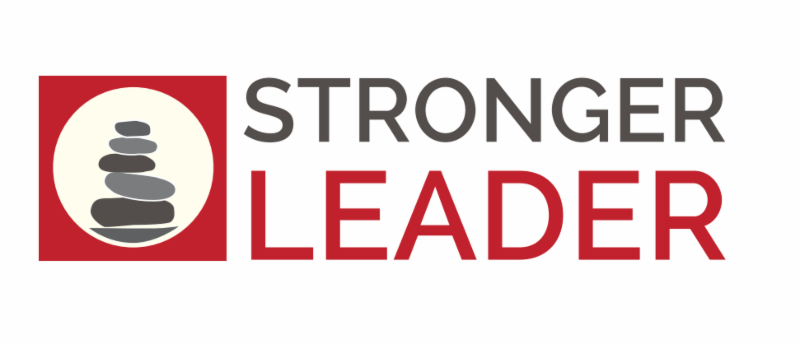


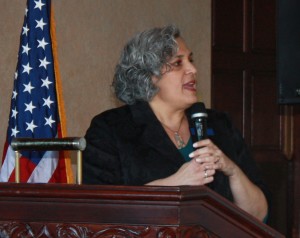





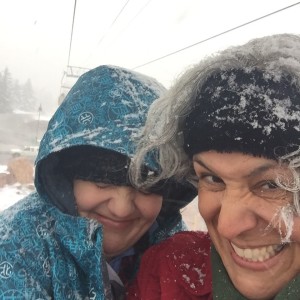



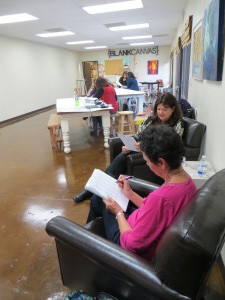
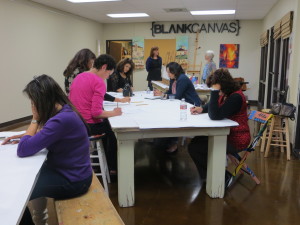
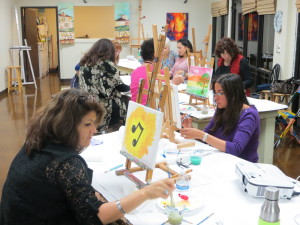
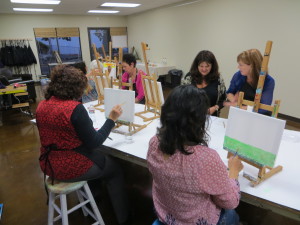
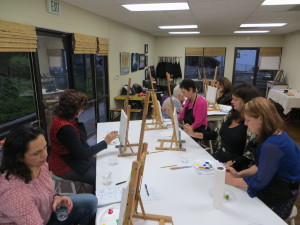
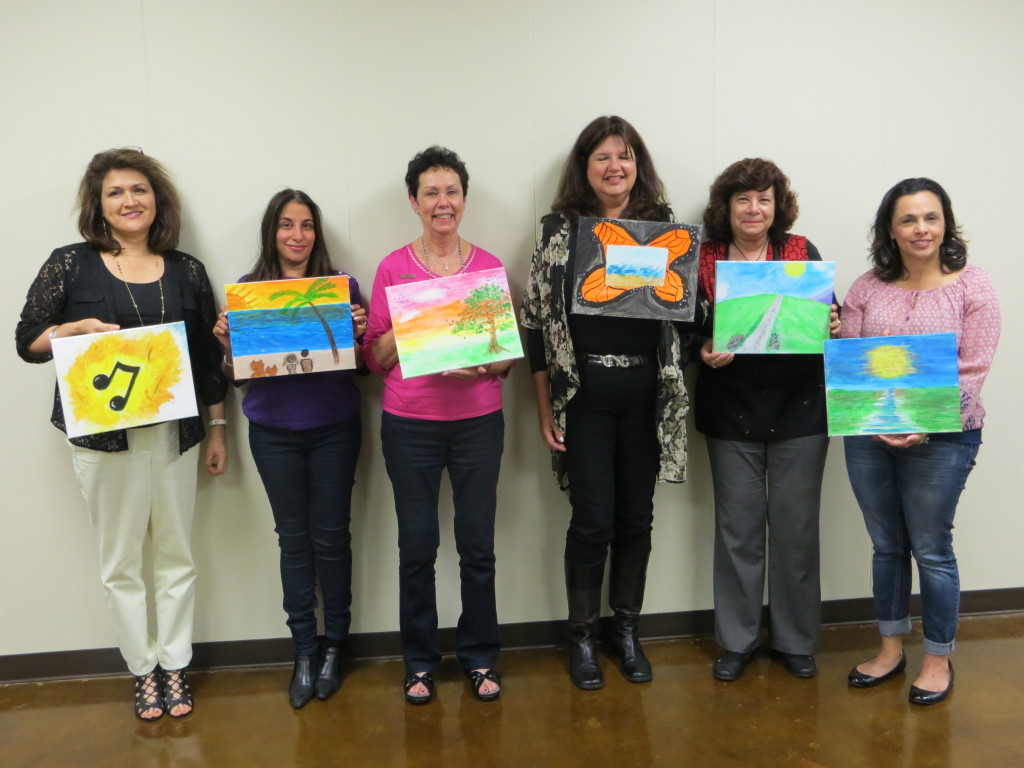


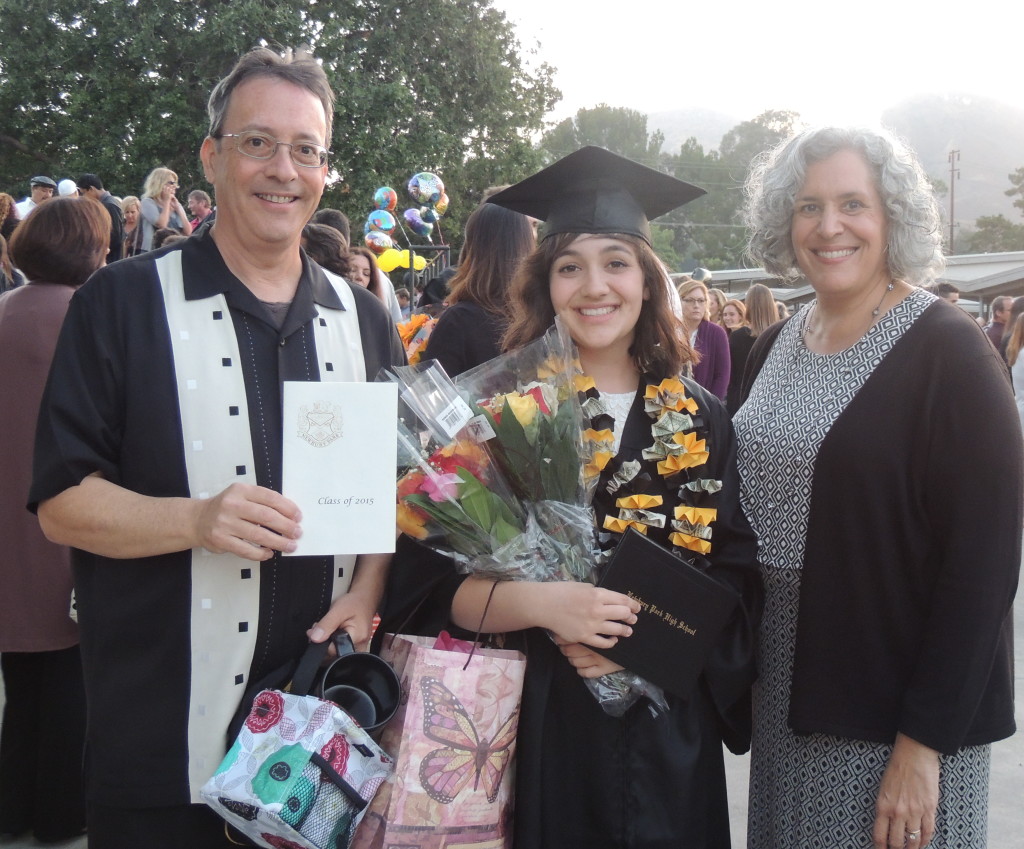

 Here’s my favorite piece so far. I’m really proud of the work and feel like it does make me a stronger leader by being more attuned to the moment and more responsive to others. Plus the image just makes me feel good.
Here’s my favorite piece so far. I’m really proud of the work and feel like it does make me a stronger leader by being more attuned to the moment and more responsive to others. Plus the image just makes me feel good.
 The trend is to give team leaders the tools they need to function at their best and to offer personalized advice, coaching and recommendations for action to their teams. That's what will create more effective organizations.
The trend is to give team leaders the tools they need to function at their best and to offer personalized advice, coaching and recommendations for action to their teams. That's what will create more effective organizations.

















